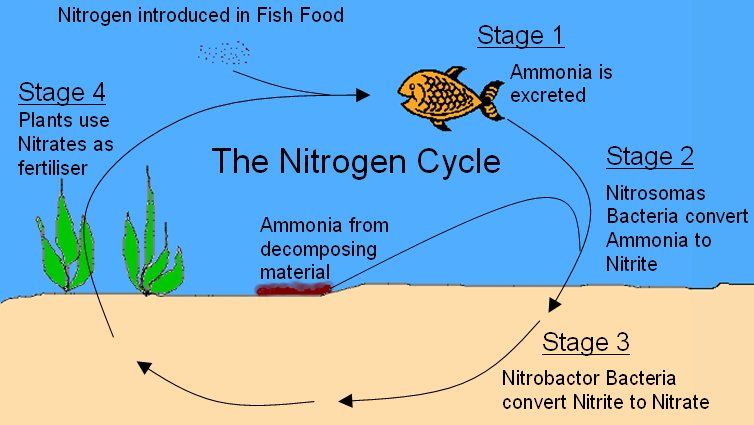When a tank finishes cycling, the usual end result is low to zero Nitrites along with a spike in Nitrates. We then do a large water change to remove the Nitrates or at least drop them to an acceptable level.
If a water change is not done, will the Nitrates eventually drop/convert to an acceptable level?
If so, how long does this take?
What do they convert to?
Thanks
If a water change is not done, will the Nitrates eventually drop/convert to an acceptable level?
If so, how long does this take?
What do they convert to?
Thanks

